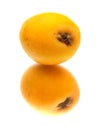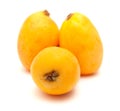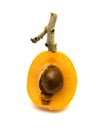Find results that contain all of your keywords. Content filter is on.
Search will return best illustrations, stock vectors and clipart.
Choose orientation:
Make it so!
You have chosen to exclude "" from your results.
Choose orientation:
Explore cartoons & images using related keywords:
large
evergreen
shrub
small
rounded
crown
trunk
woolly young branches height lower leaves leathery texture jagged edge covered thick velvety japanese medlar rare characteristic flowering occurs autumn winter fruits ripen spring flowers circumference petals collected inflorescences exude sweet intoxicating oval apple pearshaped smooth yellow orange reddish juicy aromatic sweetsour dependingJapanese Medlar Or Medlar (lat. Eriobotrya Japonica) Stock Photo
Designed by
Title
Japanese medlar or medlar (lat. Eriobotrya japonica) #326969826
Description

















